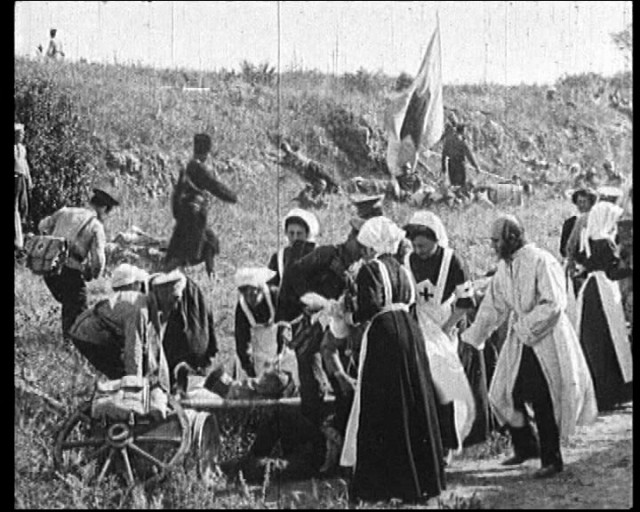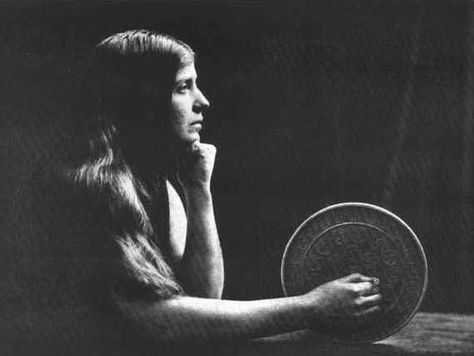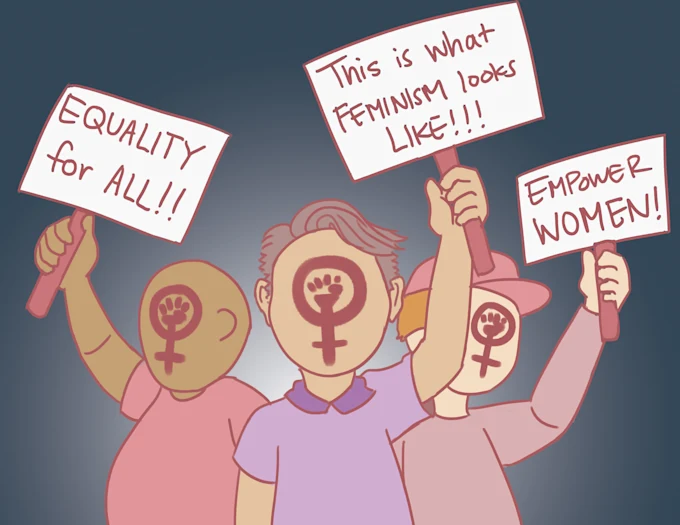
We often think of generals making plans, soldiers storming beaches, and world leaders deciding what happens to countries when we think of World War II. But away from the fighting, behind the front lines, a different kind of revolution was going on. It was quieter and less noticeable, but it changed everything. The story was about women who did jobs they had never been allowed to do before. This changed not only the workforce during the war but also American society as a whole. Michael Wilson’s book Government Girls tells the story of the women who worked, dreamed, and suffered on the American home front, a story that is often forgotten. The book takes place in Washington, D.C. in 1942 and follows four women—Mary, Marge, Dotty, and Natalie—as they deal with the stress of war, the challenges of being on their own, and the power of friendship. Wilson’s stories remind us that women were fighting their own battles at home while men were fighting on the front lines. They were fighting for equality, recognition, and the freedom to choose their own futures.
A War Made the Country Different
The US went to war with Japan in World War II after the attack on Pearl Harbor in December 1941. The country moved faster than it ever had before. Millions of men were called up to serve in the military, which left factories, offices, and classrooms empty. Women were needed to fill in the gaps so that the country and the war machine could keep going. For the first time in American history, a lot of women went to work. They weren’t just nurses, teachers, or secretaries; they were also welders, codebreakers, pilots, engineers, and clerks in government offices. In 1945, over 19 million women worked outside the home, which was a 57% increase from 1940. The term “government girls” was used to describe the thousands of women who moved to Washington, D.C., to work for the government. The city, which used to be a quiet place for government work, became a busy capital during the war. There were a lot of young women in neatly pressed skirts and sensible shoes living in apartments, boarding houses, and cafeterias. They were writing reports, typing memos, and dealing with the huge amount of paperwork that came with the war.
Bravery Every Day: From School to the FBI
Mary and Marge from Government Girls are two examples of this big trend of women working for the federal government. They used to be teachers in small towns in Iowa, but now they work for the FBI as fingerprint clerks. Their choice may not seem like much compared to stories of spying or heroics on the battlefield, but it takes a lot of courage to do it. In 1942, women were expected to get married young, have kids, and live a very limited life at home. Most people thought it was wrong to leave home and live and work alone in a big city. Still, thousands of women did it. They got on trains that were going to Washington, Detroit, or San Francisco. They brought suitcases full of hope and sometimes fear for what was to come. The story of Mary and Marge shows how brave women can be when they join something great. Taking fingerprints, keeping records, and making sure everything was safe may have seemed boring, but it was necessary for the smooth running of intelligence and defense during the war. They weren’t soldiers, but they were just as important to the war.
Women of Color in Wartime America: Overcoming Obstacles
The paths of all the women were different. For women of color, the war brought both new opportunities and old problems at work. Racial segregation was still very strong, and Black women often faced discrimination even when they volunteered to serve their country. Dotty, a talented Black musician from New York City, is a good example of this struggle in Wilson’s book. She leaves her all-girl jazz band behind and moves to Washington, where she gets a job as a secretary in a government office. In a world that still tries to hold her back, her typewriter becomes both a sign of hope and a way to fight back. Many real women who broke down barriers during the war have stories like Dotty’s. The National Advisory Committee for Aeronautics (NACA), which was the first step toward NASA, hired Black women mathematicians like Katherine Johnson and Dorothy Vaughan. Their work would later be very important to the space program. Women like Dotty were able to make room for themselves in defense factories and offices by being determined, skilled, and quietly rebellious. These women’s stories show us that the fight for equality in our own country was connected to the fight for freedom in other countries.
People who dream, create art, and have hope
The years of war weren’t just about doing what you had to do; they were also about following your dreams. Natalie is an unusual artist who wants to make it in Hollywood in Government Girls. She stands for the creative spirit that lived on even when things were at their worst. Her creativity, laughter, and stubborn hope remind the other women and the reader that beauty and expressing oneself are important even when things are bad. During World War II, art, music, and stories made people feel better and gave them hope. Women wrote letters, painted murals, and performed in plays at USO shows or local theaters. They found ways to make lives that were full of doubt happy and full of meaning. Natalie’s character represents all the dreamers who didn’t let the war stop them from shining.
Sisterhood in a Time of Change
Friendship is likely the most significant theme in Government Girls. Mary, Marge, Dotty, and Natalie are four very different women who become very close as they eat, laugh, and cry together in a run-down boarding house. Their sisterhood is like the real sense of community that women had during the war. Since it was their first time living away from their families, they relied on each other for emotional and practical support. They worked together to deal with the stress of war, long hours at work, and feeling lonely. They found strength and support in each other in a world that didn’t always value them. These relationships, both in fiction and in real life, were the start of a bigger change in the world. Women found strength in their shared struggles, which made them feel like they belonged to something bigger than race, class, or region. This unity made it possible for the women’s rights movements that would come in the years that followed.
Changing what it means to be a hero
One of the most interesting things about Government Girls is how it changes what it means to be a hero. There are no generals or spies in the middle of it, and there are no secret missions or brave rescues. Instead, there are women who do things like work as clerks, artists, and teachers every day. They are brave, but they don’t show it. It means not giving up, being nice, and having the guts to start over. These women wrote reports, filed data, and made sure that information was always available to help with the war effort. Without them, victory would not have been possible.
The “Government Girls” and Their Legacy
After the war ended in 1945, a lot of women were told to go home and give their jobs to soldiers who were coming back. A few did, but many others didn’t. Taking away the independence and confidence they had gained during the war was not easy. The “Government Girls” and their sisters who worked in factories and on airfields had shown that women could do more than anyone had ever thought. They helped a lot more than just in the office. They helped start a change in the way people think that will help future generations. Women who worked during World War II started the feminist movements of the 1960s and ’70s, the rise of women in leadership, and the ongoing fight for equality.
Conclusion:
Government Girls shows us that people who lead armies or sign treaties don’t always write history. People who show up, work hard, and keep their hopes up when things seem to be falling apart also write it. Mary, Marge, Dotty, and Natalie may not be real people, but their stories are like those of millions of women whose quiet revolutions changed America for good. They were mothers, daughters, dreamers, and doers. They showed that the human spirit is strong and can’t be stopped, even during war.





